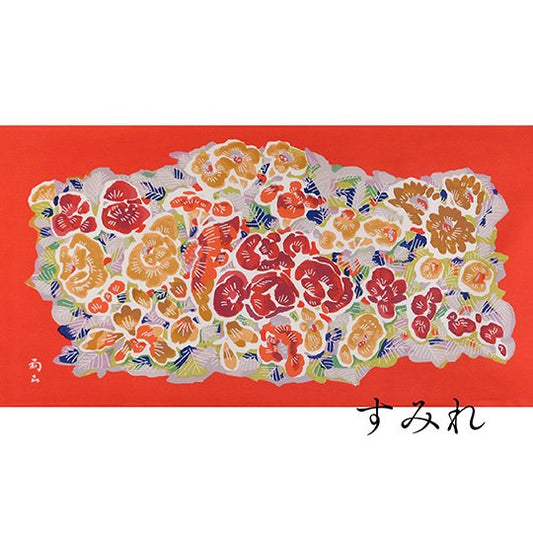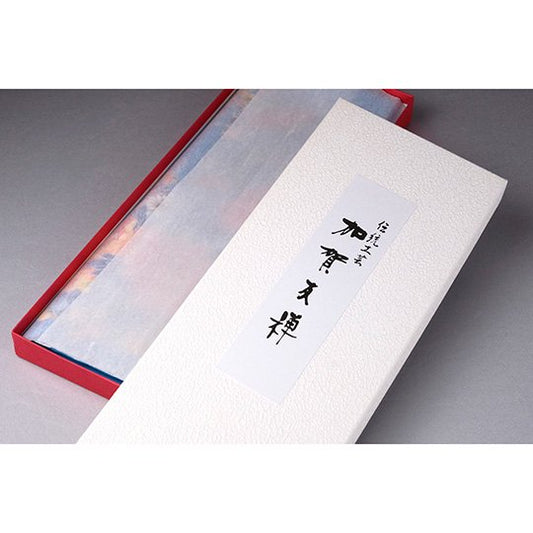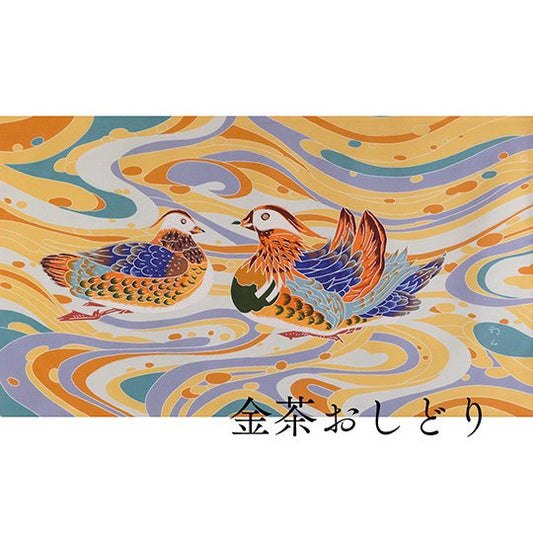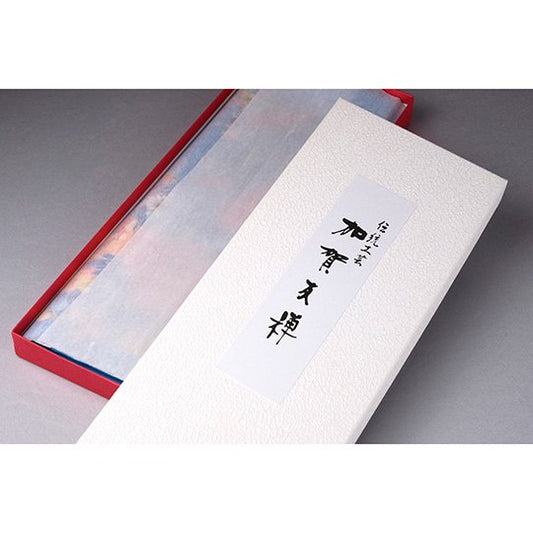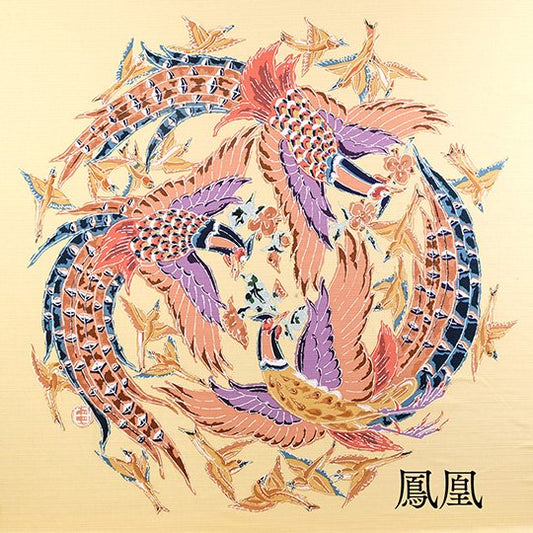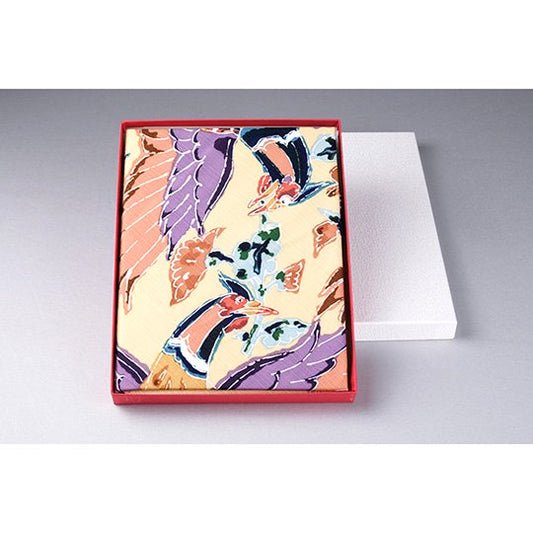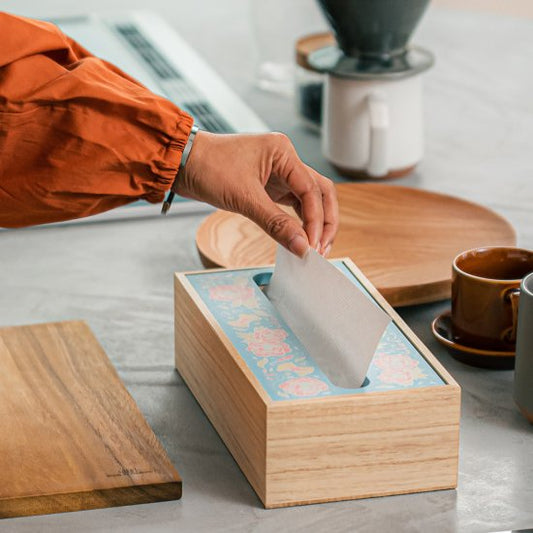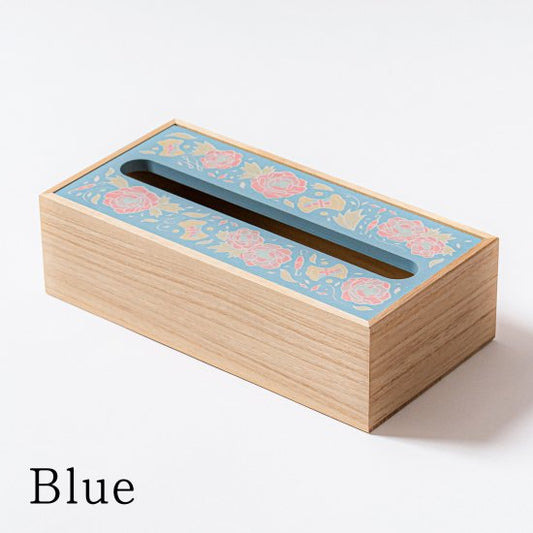Profile
Our philosophy is that "innovations always exist within tradition." While preserving the inherited tradition, we incorporate new technologies and designs to update our traditions to pass on for the next generation. In 2002, "Hanaguruma" design of Kaga Yuzen was featured in UNICEF cards.
Currently, in addition to kimonos, we also produce various dyed products including curtains and Haori jackets, small items such as furoshiki wrapping cloths and folding fans, and interior and architectural materials for restaurants and hotels using Kaga Yuzen hand-dyeing techniques, designs and colors.
The photo is the bride's curtain "Hanaguruma" featured in UNICEF cards.
What is Kaga Yuzen ?
You may have heard the name Kaga Yuzen but you may not know much about its history or characteristics.
The more you learn about Kaga Yuzen, the more fascinating it becomes. So, here are the basics of Kaga Yuzen in a Q&A format and video.
Kaga Yuzen Q&A
We have compiled frequently asked questions about Kaga Yuzen. The video will help your further understanding.
- Q1
- What exactly is Kaga Yuzen?
- A
- Kaga Yuzen refers to the dyeing technique called Kaga Yuzen-zome. Dyed items using the Kaga Yuzen technique are called Kaga Yuzen.
- Q2
- There are various items with “Yuzen” in it, such as Kyoyuzen and Edoyuzen. What is “Yuzen”?
- A
- Yuzen comes from Miyazaki Yuzensai, who devised the Yuzen dyeing technique. He invented the technique of drawing outlines of the motif on the fabric using glue called “itome nori.” The glue prevents colors from mixing and enables vivid colors on the fabric. After the paint is dry, itome nori is washed away. This process is called "Yuzen-nagashi."
- Q3
- Who is Miyazaki Yuzensai?
- A
- He was born in present-day Noto City, Ishikawa Prefecture, and initially worked as a fan painter in Kyoto. Later, he applied the techniques of painting fans to draw elaborate patterns on kosode (kimono sleeves). In his later years, he returned to Ishikawa Prefecture (Kanazawa) and contributed to the development of Kaga Yuzen.
- Q4
- What is "Okuni-zome," which is said to be the roots of Kaga Yuzen?
- A
- Kaga has been the home of advanced dyeing techniques, and its history dates back to 500 years ago. It started with using plum skins or persimmon juice for dyeing fabric, known as "umezome," and from there various dyeing methods such as pattern dyeing called "Kaga mon" and black dyeing called "Kanboso" were born. These various dyeing methods are collectively called "Okuni-zome." Miyazaki Yuzensai refined the techniques and aesthetic of this dyeing culture and created Kaga Yuzen.
- Q5
- What are the characteristics of Kaga Yuzen?
- A
- The subdued tones of Kaga Goshiki (five colors: indigo, carmine, yellow ochre, grass, and ancient purple) characterizes Kaga Yuzen. Realistically rendered botanical motifs in these colors can be often found in Kaga Yuzen. Techniques to make them look more realistic, such as drawing leaves with insect holes and lightening colors toward the center of the motif to create a three-dimensional visual effect ("soto-bokashi") is another feature. Unlike Kyoyuzen which employs embroidery and gold leaf, Kaga Yuzen mainly relies on dyeing techniques. It is also described as more modest compared to Kyoyuzen, catering to the taste of warrior class families.
- Q6
- What is the difference between Hand-painted Yuzen and Kata-Yuzen (Stencil Yuzen)?
- A
- Hand-painted Yuzen involves a single artist handling all processes from designing patterns and drawing outlines to finishing the dyeing. On the other hand, Kata-Yuzen, developed in the Meiji era, involves creating a stencil based on the design, and artisans match colors and shape according to the stencil. The subsequent processes, such as covering the entire fabric with resist paste to prevent colors from bleeding during dyeing, are the same as Hand-painted Yuzen. Since Kata-Yuzen uses stencils, it enables mass production and division of labor.
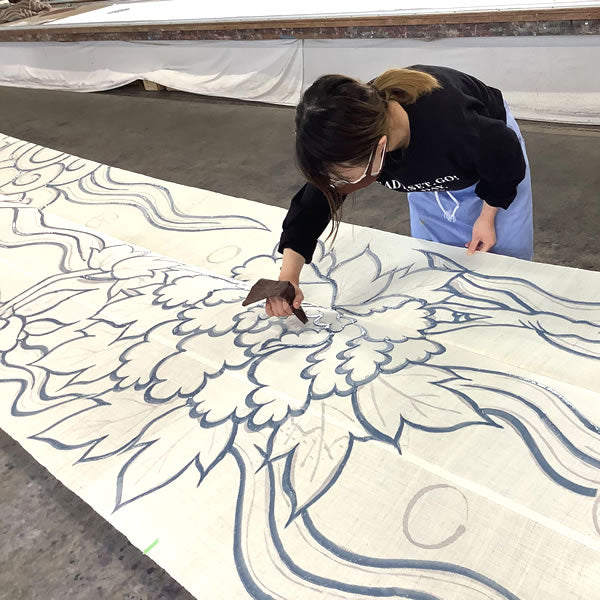
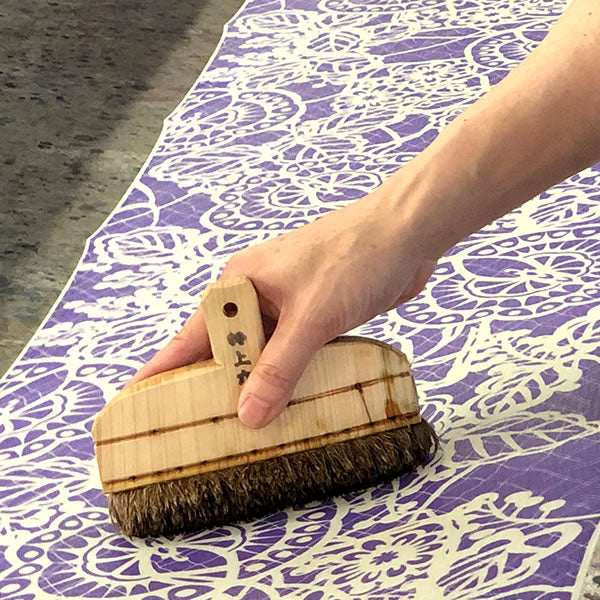
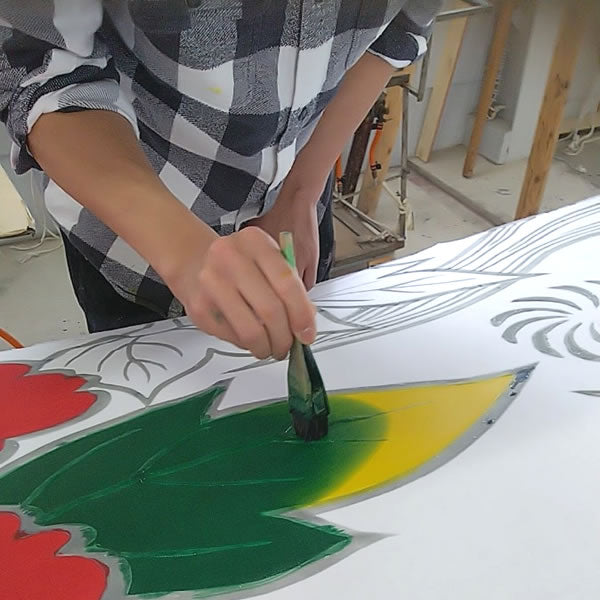
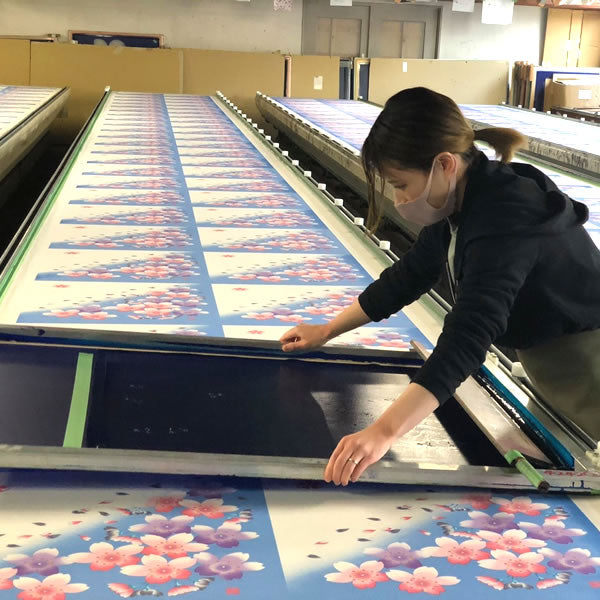
Scenes from the Production of Kaga Yuzen
This video introduces the production process of Kaga Yuzen, showcasing the traditional techniques.
You might have become a little more familiar with Kaga Yuzen now. Some of you may already notice differences in the patterns from what you've seen before. We also offer hands-on workshop programs at our actual store, so if you're interested, please come and join us.
A message from the Store
We have a workshop "Akane-ya" that has been operating since the Meiji era, In the historic street of Satomi-cho, where old townhouses line up, and we have set up an open workshop "Akane-ya Archive Gallery," where you can experience the essence of Kaga Yuzen techniques. We offer hands-on workshop programs, and we also sell various products utilizing Kaga Yuzen techniques. When you visit Kanazawa, please stop by.
Photo is the interior of Akane-ya Archive Gallery.
Available Products
-
Kaga Yuzen Table Cloth (Violet)
Regular price ¥16,500 JPYRegular priceUnit price per -
Kaga Yuzen table cloth (Golden Brown Oshidori)
Regular price ¥16,500 JPYRegular priceUnit price per -
Kaga Yuzen Furoshiki Phoenix
Regular price ¥8,250 JPYRegular priceUnit price per -
Diatomaceous Earth Paper Towel Box Blue
Regular price ¥8,800 JPYRegular priceUnit price per
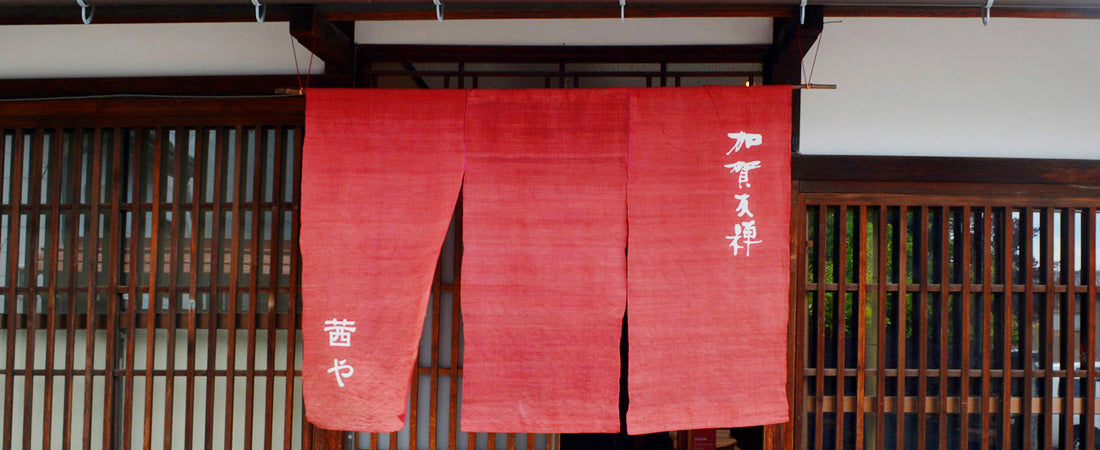
Access to the actual store
- Shop Name
- Workshop
(Okuda Senshoku Co., Ltd. - Akaneya Archive Gallery)
- Address
- 53-1 Satomicho, Kanazawa City,
Ishikawa Prefecture 920-0998
- Phone Number
- 076-223-8555
- Business hours
- Weekly Saturdays and Sundays 10:00-16:00
- Access
- 5 minutes walk from 21st Century Museum of Contemporary Art, Kanazawa



